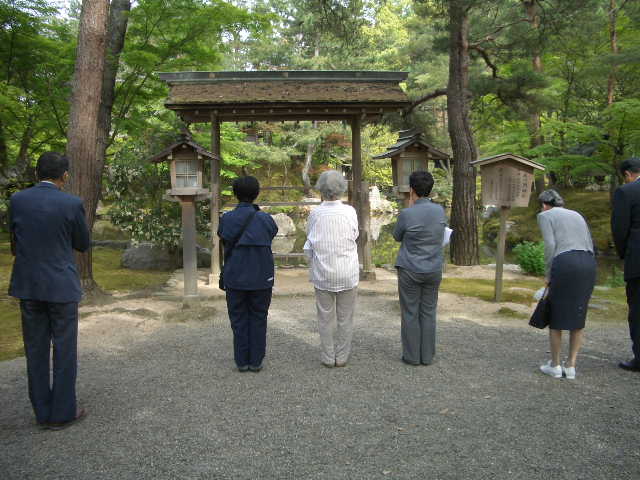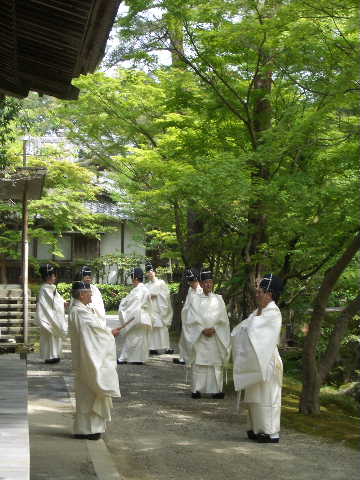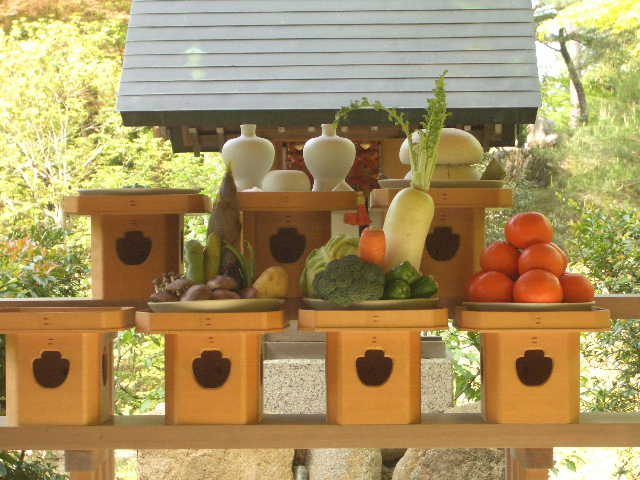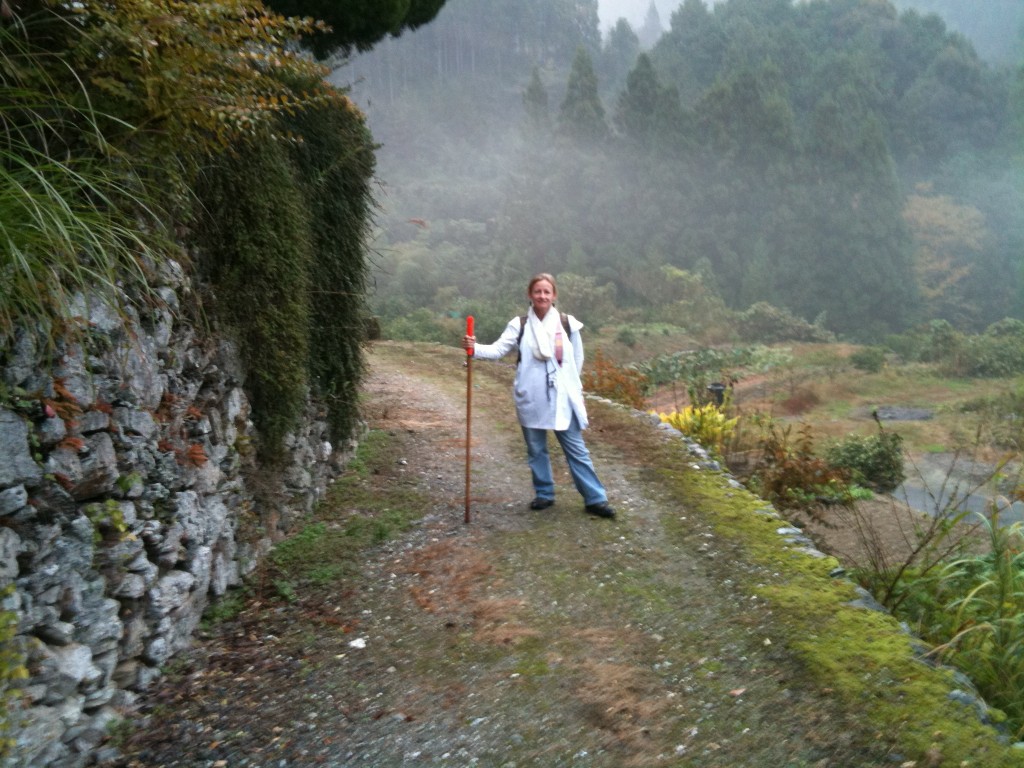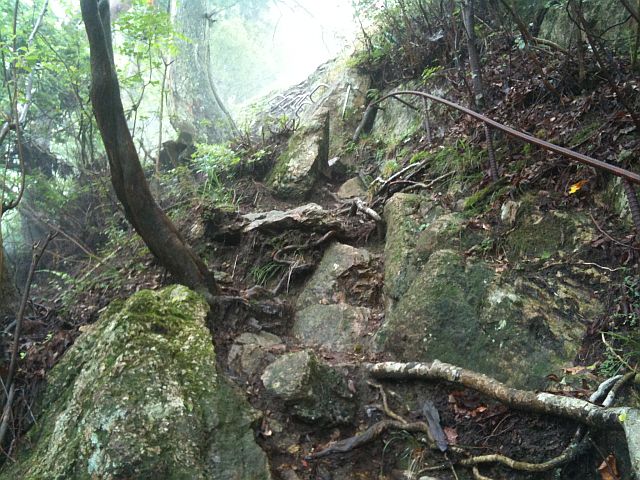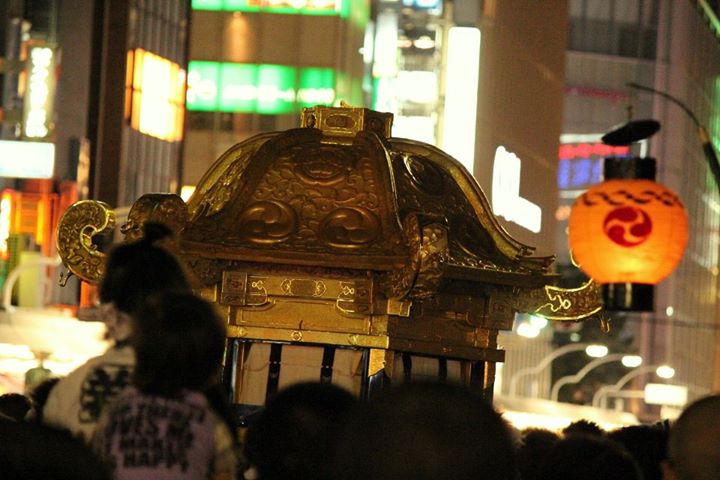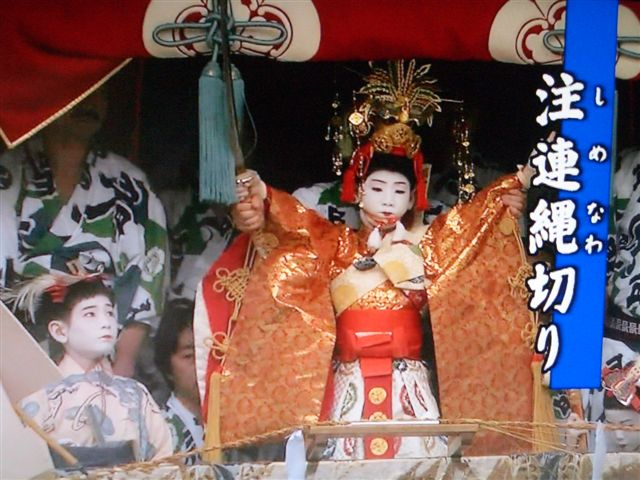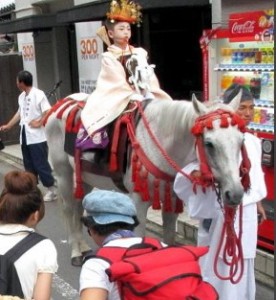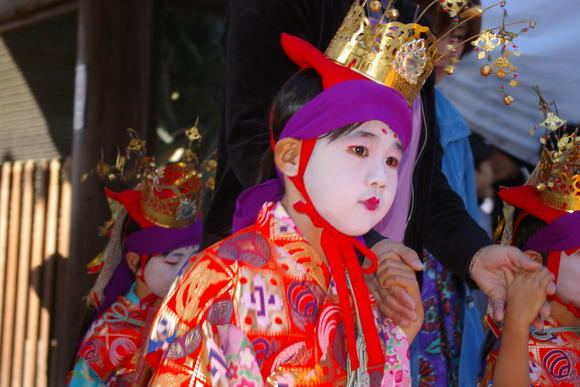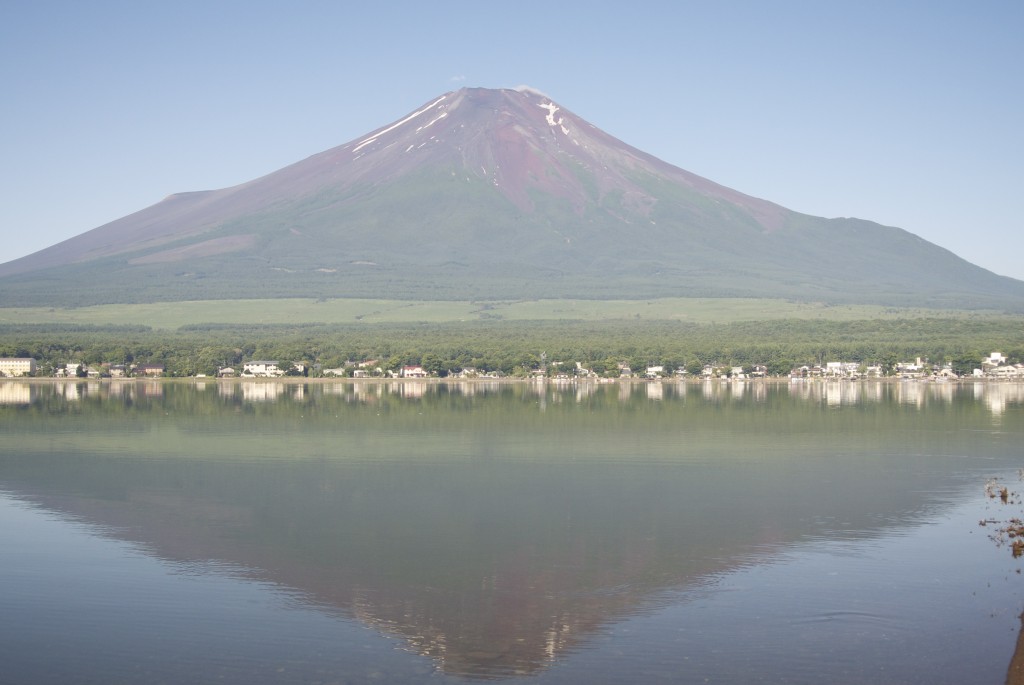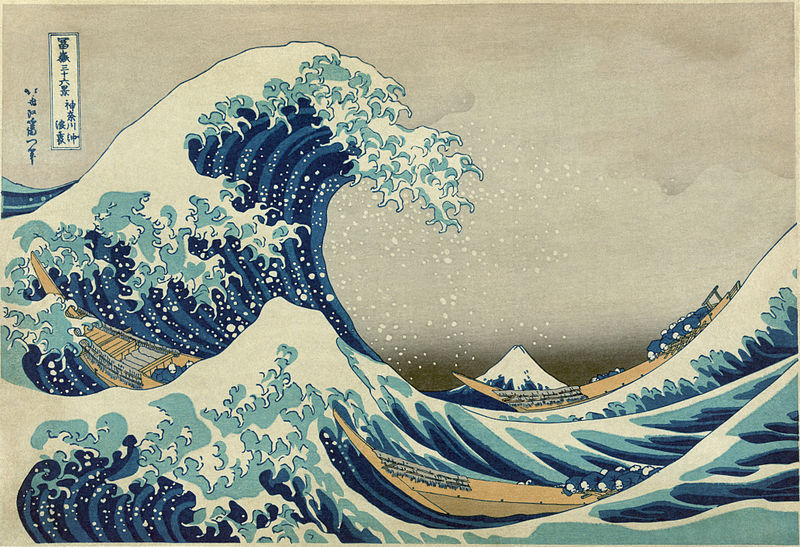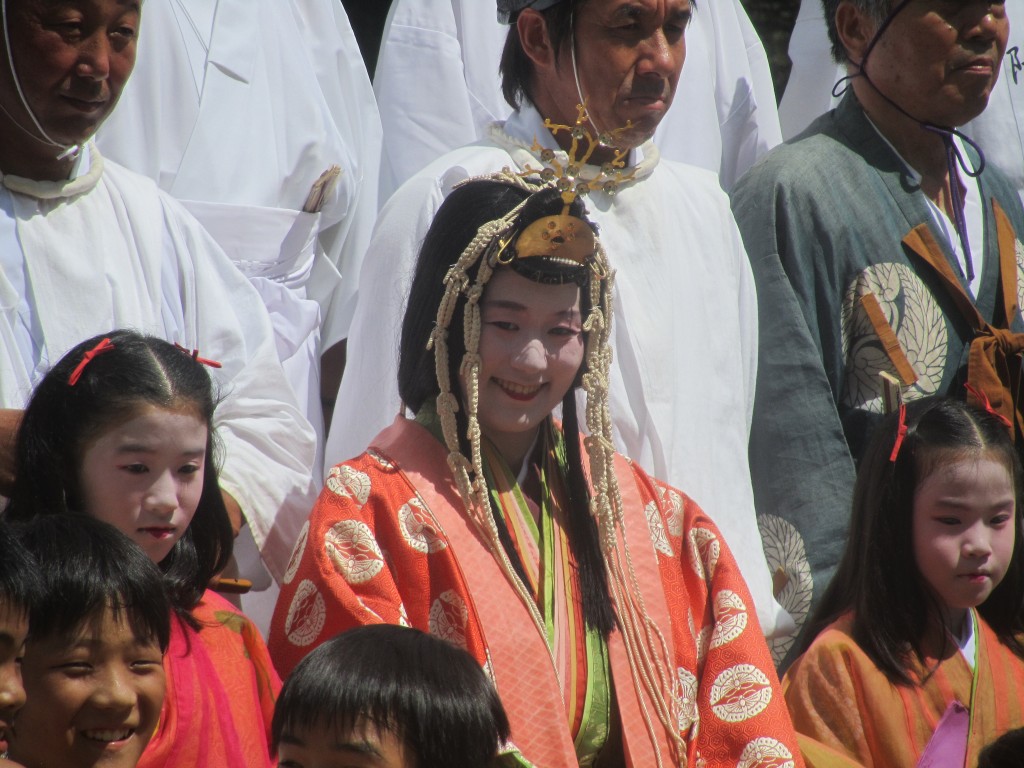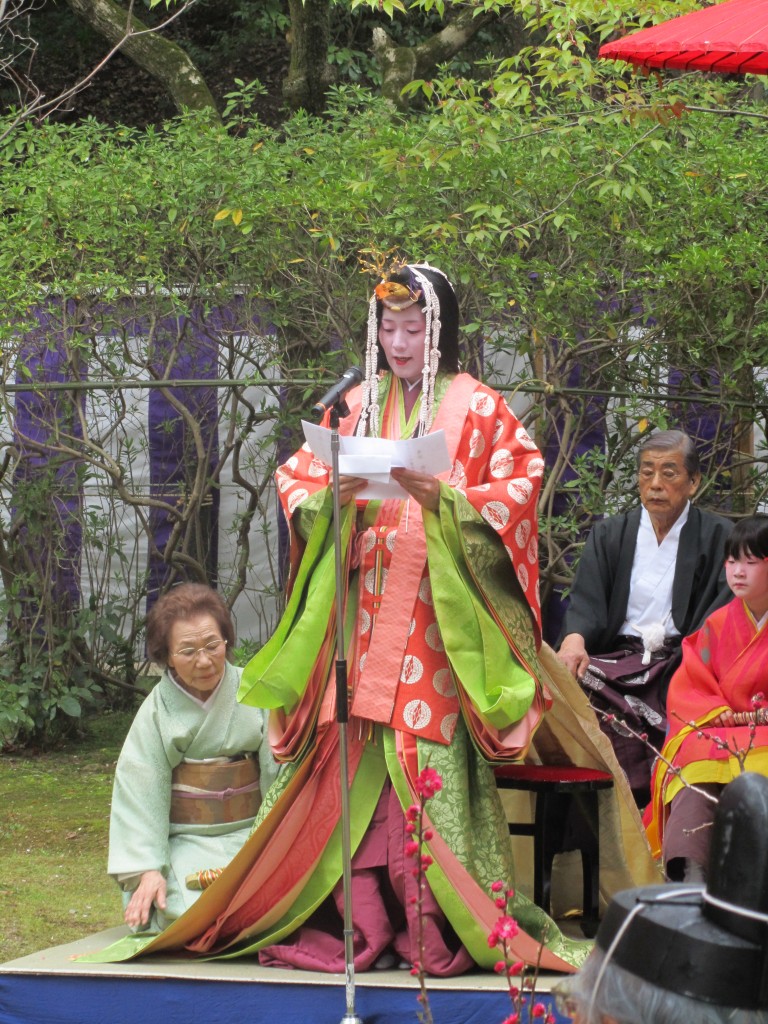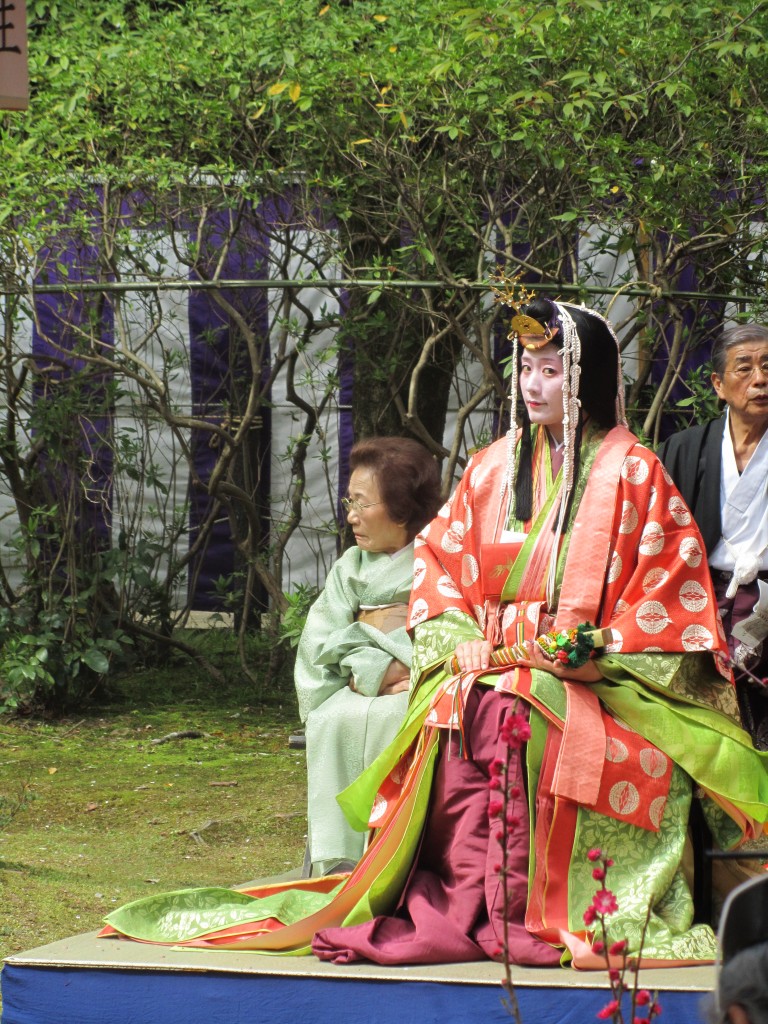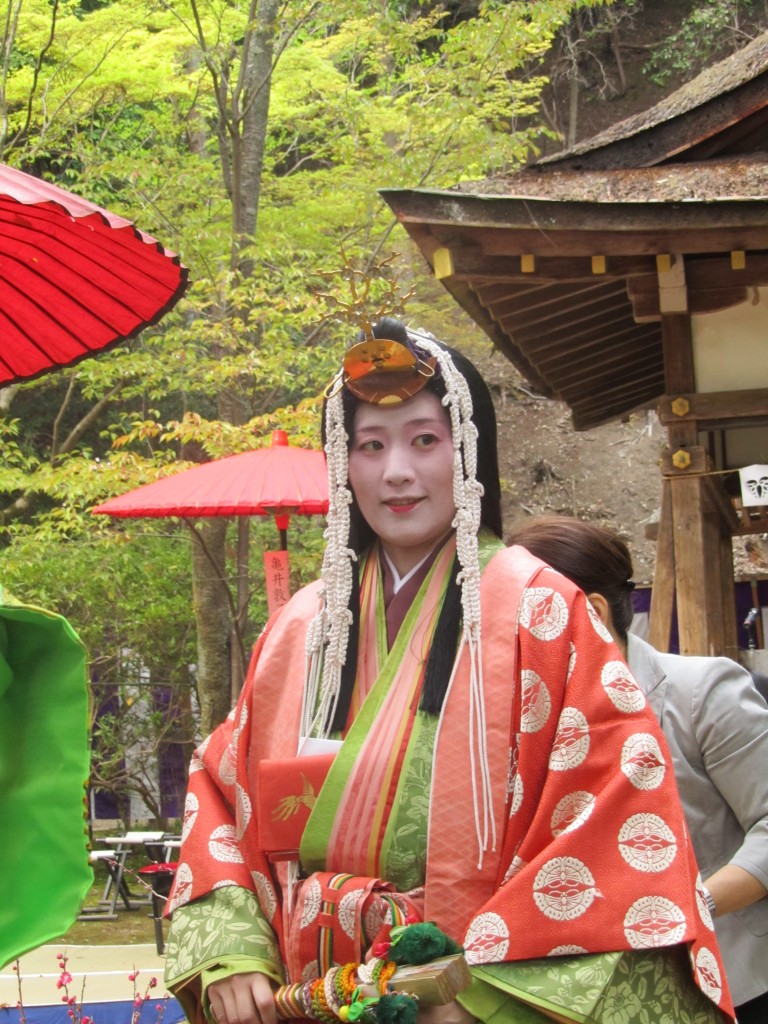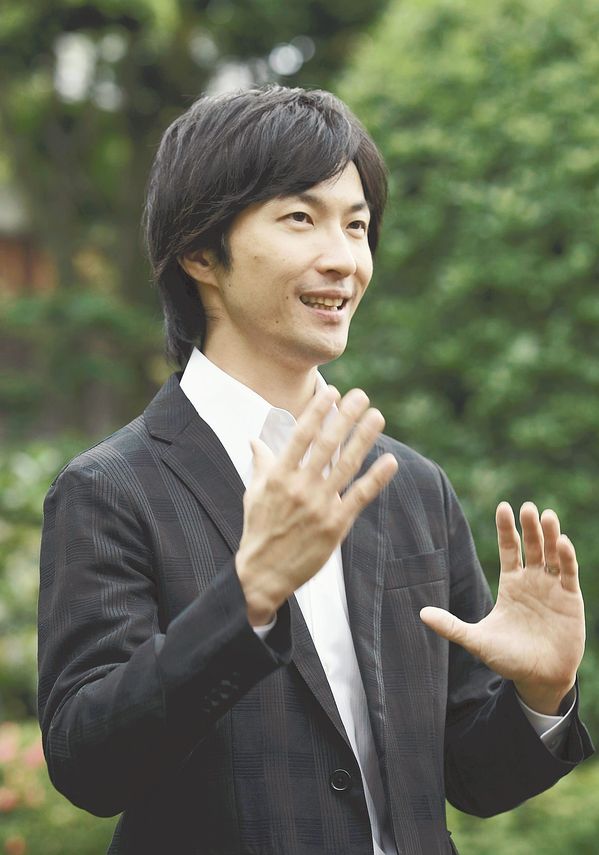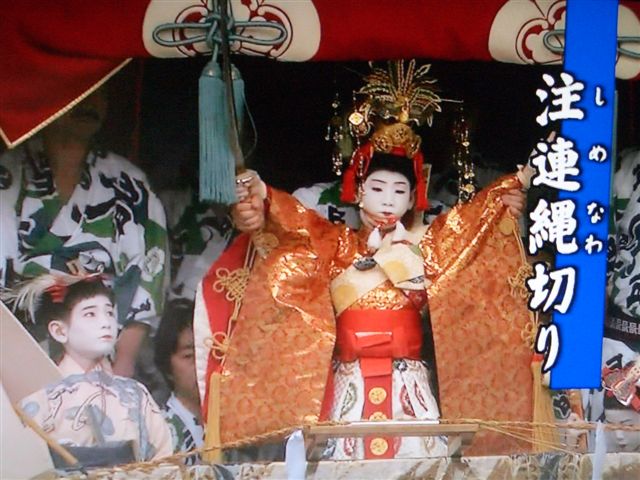The arts-oriented, universalist Oomoto Shinto sect will be running a programme in August aimed at foreigners interested in learning more about them. It is held at Kameoka and Ayabe, near Kyoto. and programme details are below. I’m told that a donation of something like $35 or more a day would be appropriate. If you would like to apply, or get further information, contact KATSUYA KIMURA <k-kimura@oomoto.or.jp>
**************************************************************************
August 1st, 2013
Arriving at Oomoto in Kameoka
20:00 Opening Ceremony
Staying at the dormitory in Oomoto Kameoka Headquarters
August 2nd
06:00-06:30 Morning service at the shrine
08:30-09:00 Morning meeting for Oomoto staff (Introducing yourself)
09:00-0930 Tour of the Oomoto ground in Kameoka
10:00-11:30 Lecture (History of Oomoto)
13:30-15:00 Lecture (Activity of Oomoto)
17:10-17:40 Evening service
Staying at the dormitory in Oomoto Kameoka Headquarters
August 3rd
06:00-06:30 Morning service at the shrine
09:30-10:00 Chin-kon (Meditation)
10:00-10:30 Lecture (Esperanto Movement of Oomoto)
13:00-14:00 Esperanto lesson
14:30-15:30 Moving to Ayabe city
15:30-17:00 Tour of the Oomoto ground in Ayabe
17:10-17:40 Evening service
18:00-20:00 Welcome party
21:00 Staying at the dormitory in Oomoto Ayabe Headquarters
August 4th
06:00-06:30 Morning service at the shrine
09:00-09:30 Lecture(Oomoto Poem Festival)
09:30-10:30 Ro-ei (chanting a poem) lesson
13:00 Moving to Kyoto city and a sightseeing in Kyoto city
19:00 Coming back to Kameoka
Staying at the dormitory in Oomoto Kameoka Headquarters
August 5th
06:00-06:30 Morning service at the shrine
10:00-11:30 Lecture (Activity of Oomoto Part 2)
13:30-15:00 Lecture (Teaching of Oomoto)
17:10-17:40 Evening service at the shrine
August 6th
06:00-06:30 Morning service at the shrine
08:00-11:30 Visiting the Mount Takakuma in Kameoka
13:30-15:00 Lecture(Oomoto Miroku Dance)
18:00-19:30 Oomoto Poem Festival
19:30-21:00 Oomoto Miroku Dance
August 7th
06:00-06:30 Morning service at the shrine
10:00-12:00 Attending the Oomoto Summer Grand Festival in Kameoka
15:00-20:00 Visiting Kyoto-city
August 8th
Leaving Oomoto
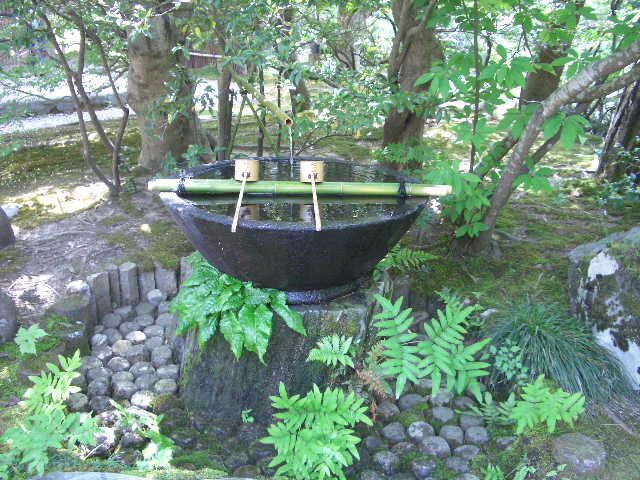
The attractive water basin, part of Oomoto's aesthetic appeal
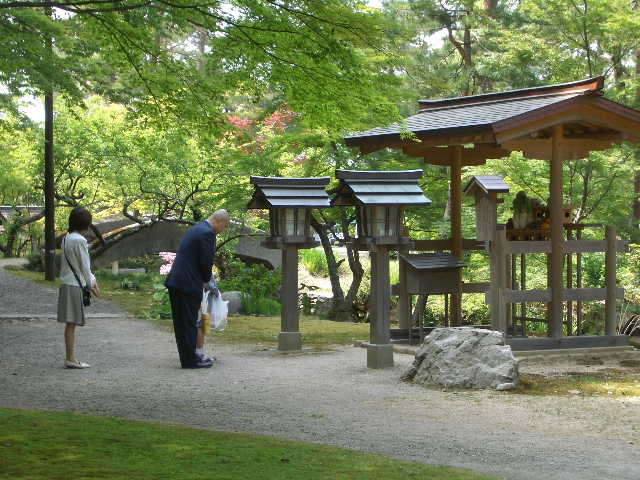
Shrines laid out around the pond garden, beauiifully integrated with nature

